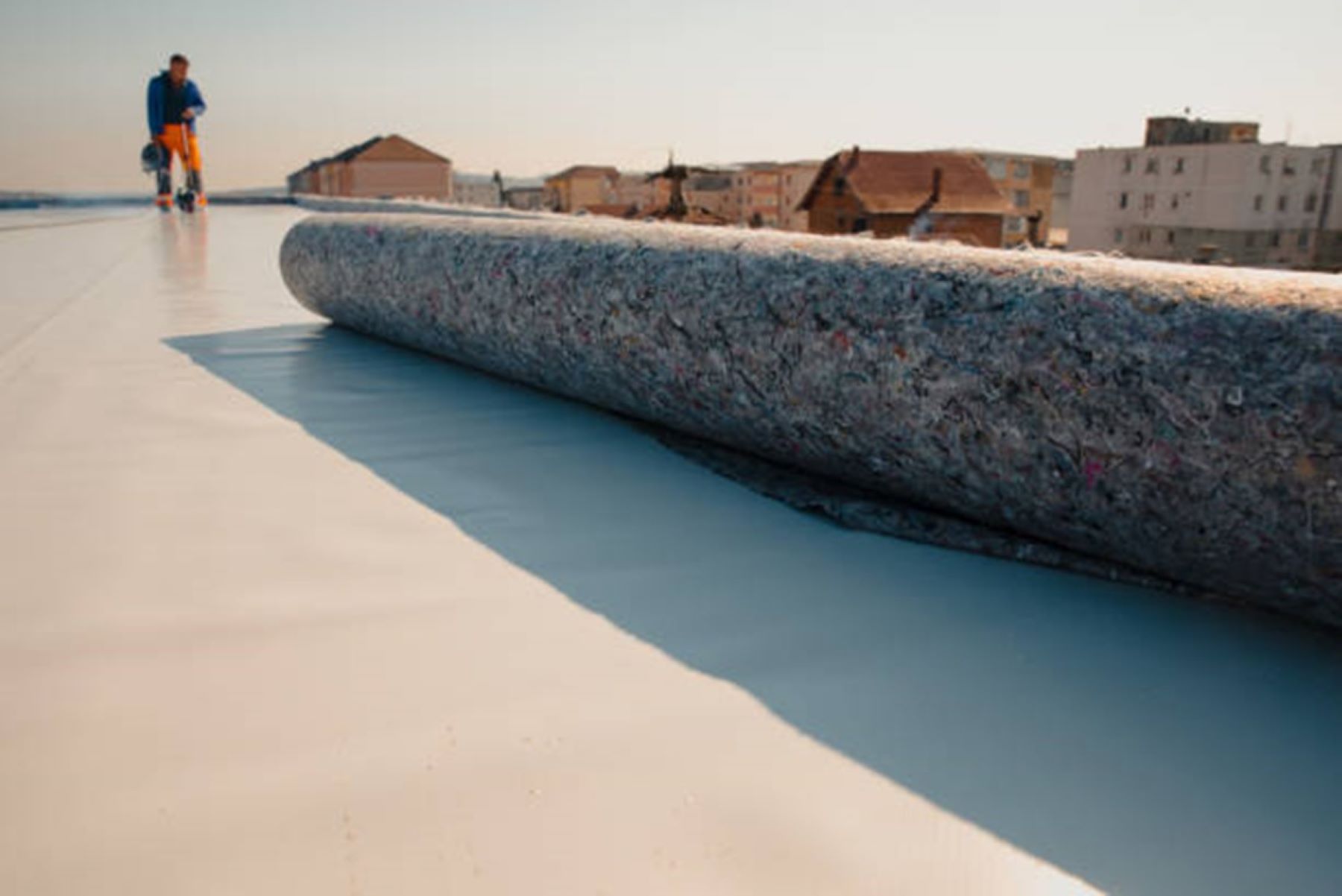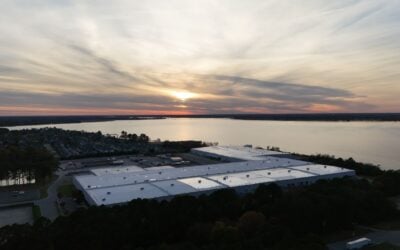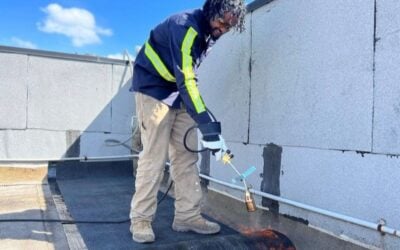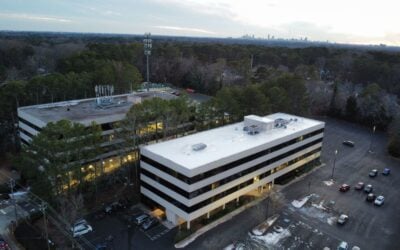When it comes to improving the energy efficiency of a commercial building, one area that often gets overlooked is the roof. However, an energy-efficient commercial roof can provide significant savings on heating and cooling costs, as well as improve the overall comfort of the building. In this blog post, we will explore the key characteristics of an energy-efficient commercial roof.
1. Insulation
One of the most important factors for energy efficiency in a commercial roof is proper insulation. Insulation helps keep heat in during cold weather and keep it out during hot weather, reducing the amount of energy needed for heating and cooling. Without proper insulation, a building can lose a significant amount of heat through the roof, causing the heating system to work harder and use more energy.
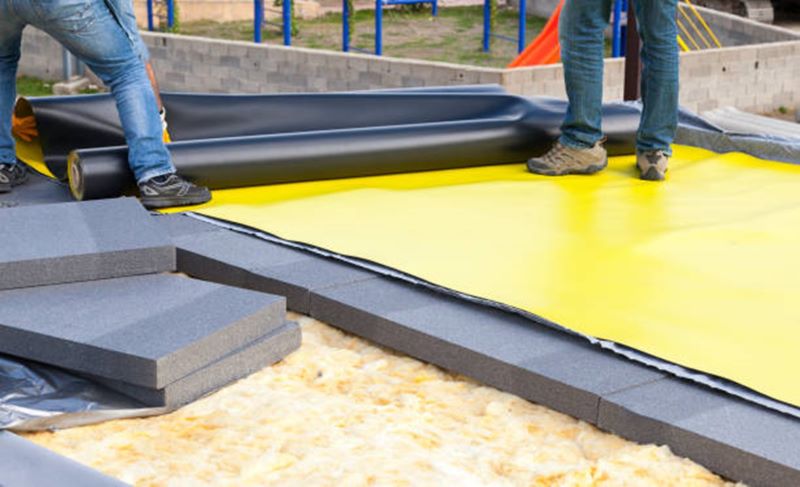
2. Reflectivity
A roof with a high solar reflectance can reflect sunlight and reduce the amount of heat absorbed by the building, which can help lower cooling costs. Reflectivity can be achieved through the use of light-colored roofing materials or coatings. Cool roofs, which are designed to reflect sunlight and emit heat more effectively, are a popular option for energy-efficient commercial roofs.

3. Thermal Emissivity
Thermal emissivity is the ability of a material to release heat. A roof with high thermal emissivity can release heat more effectively, reducing the amount of heat absorbed by the building and improving the efficiency of the cooling system. This can be achieved using materials with high thermal emissivity, such as metal roofing.
4. Ventilation
Proper ventilation can help regulate temperature and moisture levels in a building, which can reduce the workload on heating and cooling systems. A well-ventilated roof can help prevent moisture buildup, which can cause damage to the roof and insulation over time. It can also help reduce the temperature of the roof, which can improve the efficiency of the cooling system.
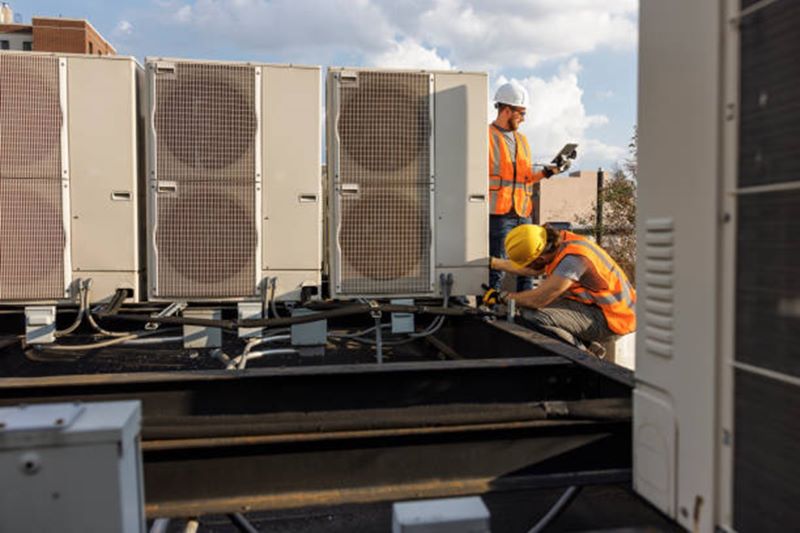
5. Roofing Material
The type of roofing material used can also impact the energy efficiency of a commercial roof. For example, metal roofs are often more energy-efficient than traditional asphalt shingle roofs, as they reflect more sunlight and are better at releasing heat. Additionally, newer materials such as thermoplastic olefin (TPO) and ethylene propylene diene monomer (EPDM) are designed to be highly reflective and energy efficient.
In addition to the characteristics listed above, there are several other factors that can contribute to the energy efficiency of a commercial roof. For example, the orientation and slope of the roof can impact its ability to reflect sunlight and release heat. A south-facing roof with a steep slope will receive more sunlight and may benefit from a highly reflective surface to reduce heat gain. On the other hand, a north-facing roof may require more insulation to retain heat during colder months.
Another important consideration for energy-efficient commercial roofs is the installation and maintenance process. Proper installation and maintenance can ensure that the roof is functioning as intended, with no gaps or leaks that could compromise its energy efficiency. Regular inspections and repairs can also prevent minor issues from becoming major problems that require costly repairs or replacements.
Finally, building owners and managers should consider the overall building design and energy efficiency goals when selecting roofing materials and design options. A building with high ceilings, large windows, and other features that allow for natural light and ventilation may require less insulation and reflectivity than a building with smaller windows and a closed floor plan.
In conclusion, an energy-efficient commercial roof should be designed to minimize heat gain and maximize heat loss, while also providing adequate insulation and ventilation to keep the building comfortable and energy-efficient. By considering the characteristics listed above, building owners and managers can make informed decisions when selecting roofing materials and design options for their commercial buildings, and ultimately save money on energy costs while reducing their environmental impact.
Contact Parsons Roofing Company today to request a roof inspection, as well as learn more about energy efficient commercial roofing products.

